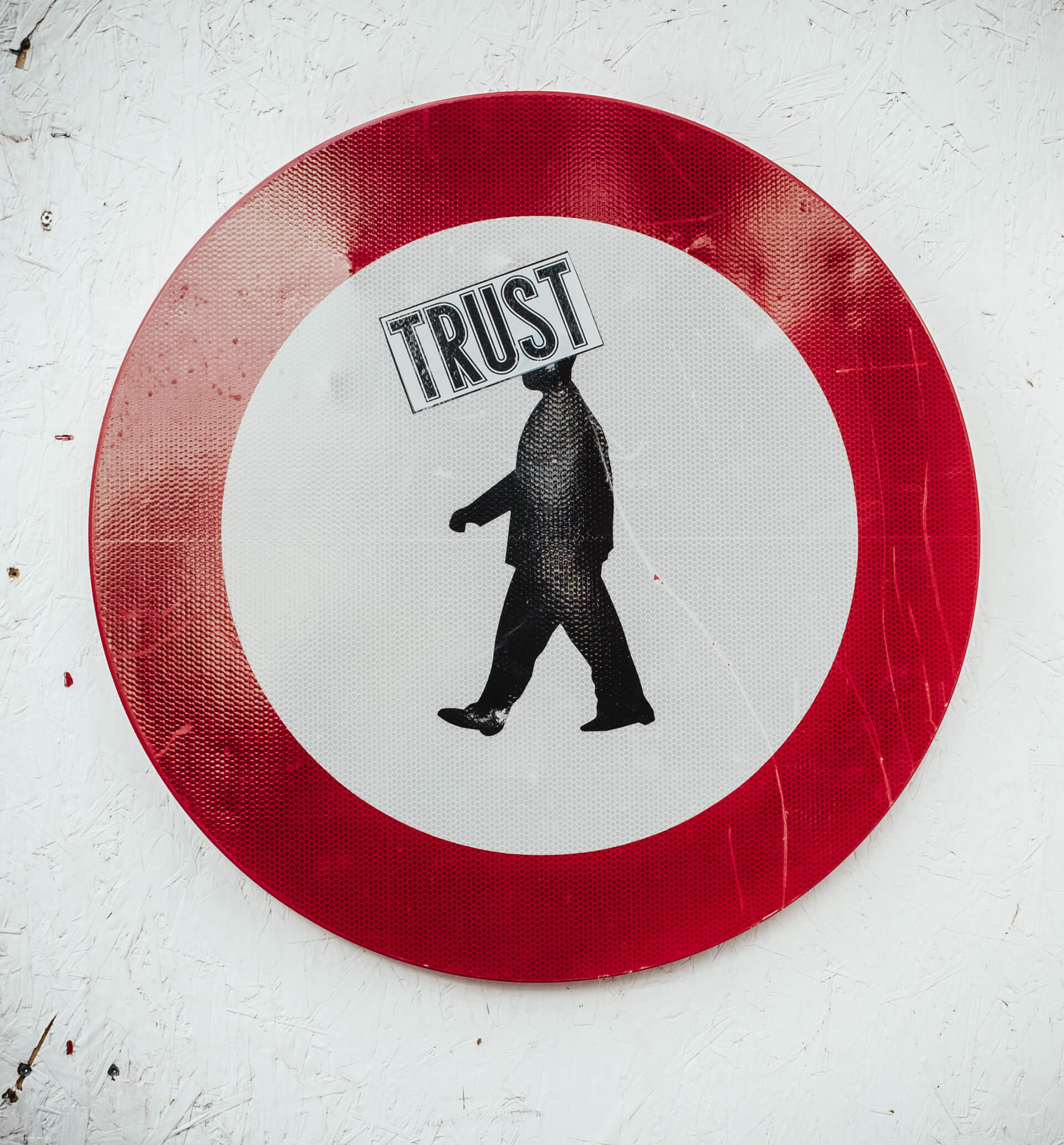Safety Culture
What is the one thing you can do to ensure workers make safe choices? Create a workplace culture rooted in safety. Countless trainings and endless regulations provide needed information on how and why to work safely BUT what actually happens during the workday will ultimately determine if this information is put into practice. For example, Fall Protection General Requirements is the most cited OSHA standard for 10 years running and there is a lot of training resources (including ours) to educate on how to safely work from heights. However even with the information, the regulations, and possible violations, there are count incidents related to falls every day, many of them are fatal. This is where culture comes in.
Culture exists whether you intentionally create it or it happens on its own.
Culture reflects the actions and beliefs of your people based on what they actually experience during the workday. When these experiences are different from or even contrary to the information and guidance provided by training and regulations, Experience/Culture always wins. This is why it is so important to create the culture you want at your workplace.

How do you create a culture which values and prioritizes safety?
Well, there are lots of options and some of them are pretty simple
- Do what you say you do - Put systems in place to ensure safety programs are consistently followed. Supervisors are key. Be sure they are accountable for safety. The fastest way to sabotage your culture is to provide someone information on how to do the job safely and then fail to give them tools, resources, time, and guidance to follow through. It's basically telling your people we know how to keep you safe but we are going to do something faster and less expensive.
- Build safety into your processes - and follow these every time – tools like job hazard analysis, daily safety talks, workplace inspections, safety accountability metrics, positive safety behavior recognition, stop work authority, safety performance reviews, etc all consistently convey the importance of safety and the value of each and every person in the company
- Near miss reporting – the best failures to learn from are the ones that DON’T result in damage, injury, illness, or worse. Identifying, reporting, and analyzing unsafe or risky behaviors will ensure system failures are caught and corrected before someone gets hurt.
- Safety marketing - signs, posters, videos, contests, plaques etc help reinforce your safety message and can be fun and entertaining
- Safety values and behaviors – work with your team to establish safety values or define safety behaviors specific to your team that align with your company’s already established values.
- Frequent and timely feedback - given directly to workers as the work is being done. Focus on both positive reinforcement of the behaviors you want and on-the-spot remediation for the behaviors that need to change.
- Track and report leading safety indicator metrics – Examples PPE usage, # of safety trainings, attendance at safety trainings, daily toolbox talks, # of safety improvement suggestions, near-miss reporting, jha’s complete, 100% Pre-op inspections, time to complete repairs
- Open two-way communication – be sure all employees can bring concerns to supervisors and even better voice concerns to each other. Create workplaces where employees watch out for each other
- Safety Improvement suggestions – Give workers at all levels the ability to provide input. Be sure there is a feedback loop so employees know they are heard.
- Contributions are recognized and failures are analyzed – incidents are systems failures. Search for the weakness in the system and focus correction efforts there.
- Tools and resources are available and accessible – make sure your people have what they need to do their job safely. Encourage employees to suggest new and safer ways of doing things.
- Mental health is destigmatized – we are all human and therefore will all experience common mental health issues such as stress, situation depression, fatigue, and worry. We will also likely encounter (directly or with family and friends) more serious illnesses such as substance abuse, severe depression, and brain injuries. Make your workplace a safe place to discuss these common issues which impact morale, productivity, and the wellbeing of our people. Provide access to resources to assist employees.

